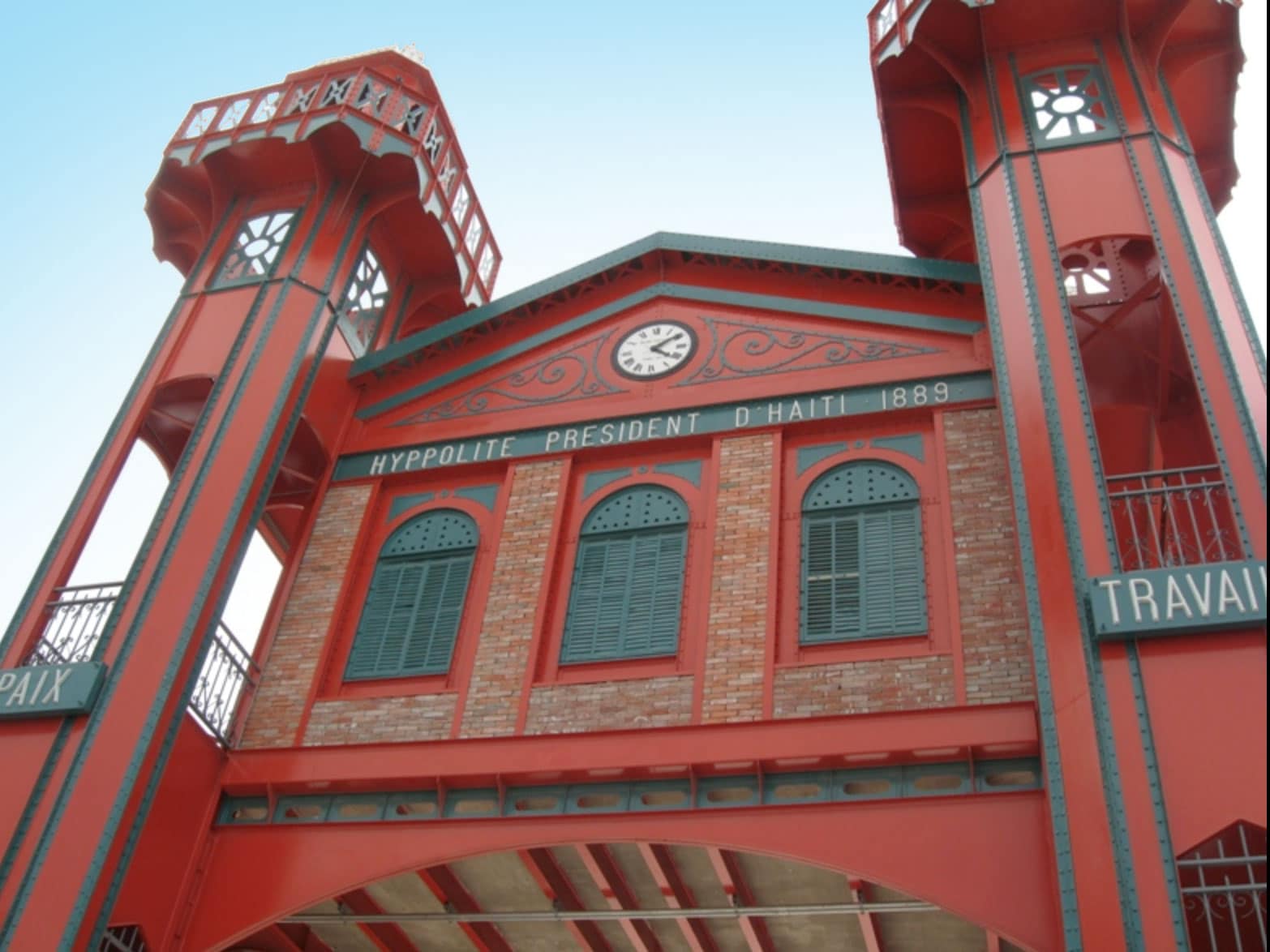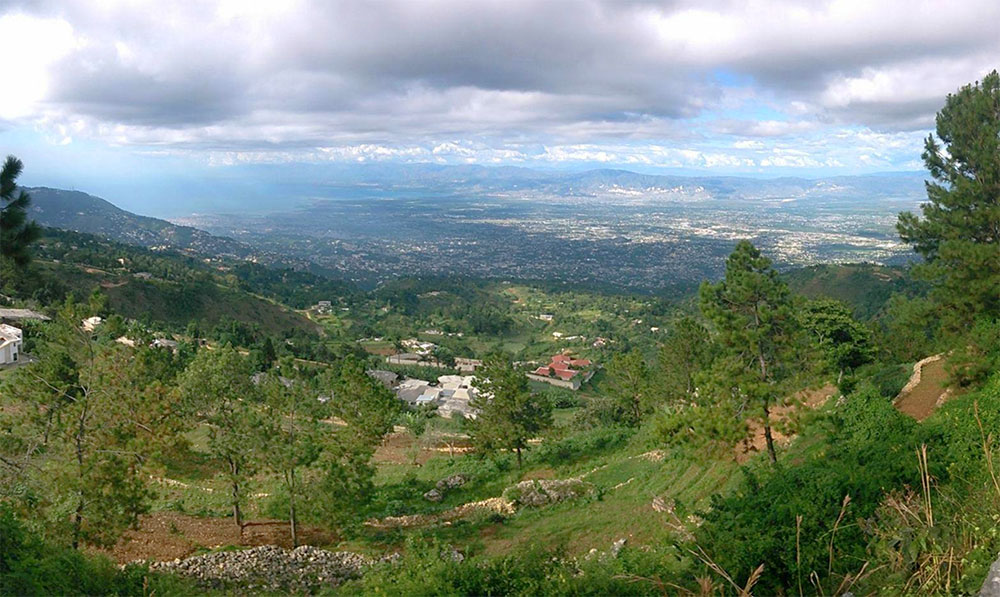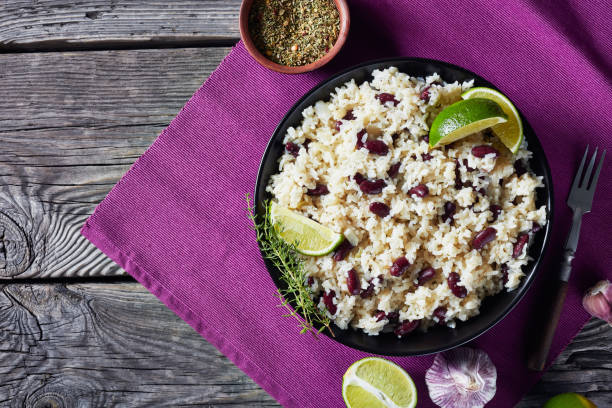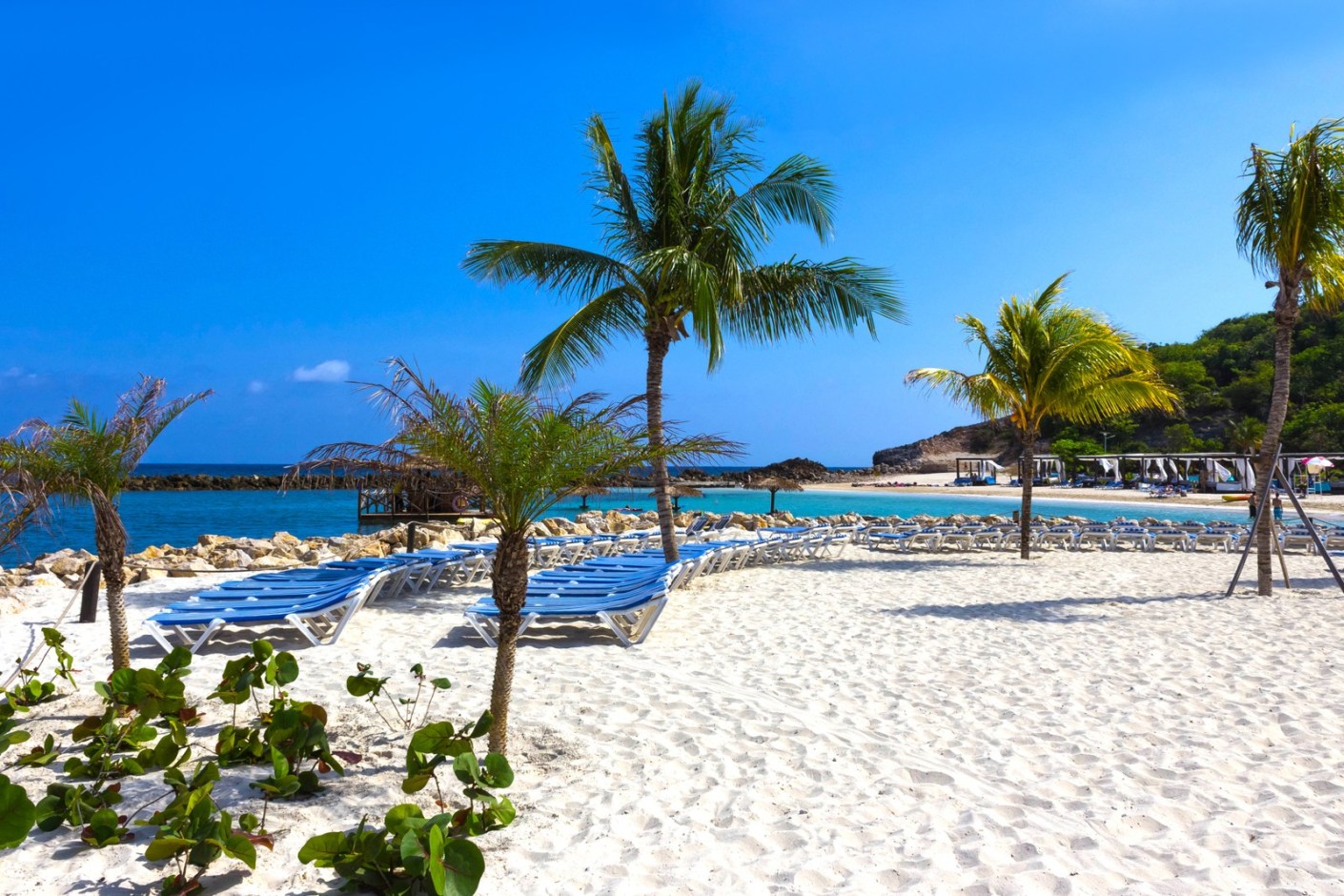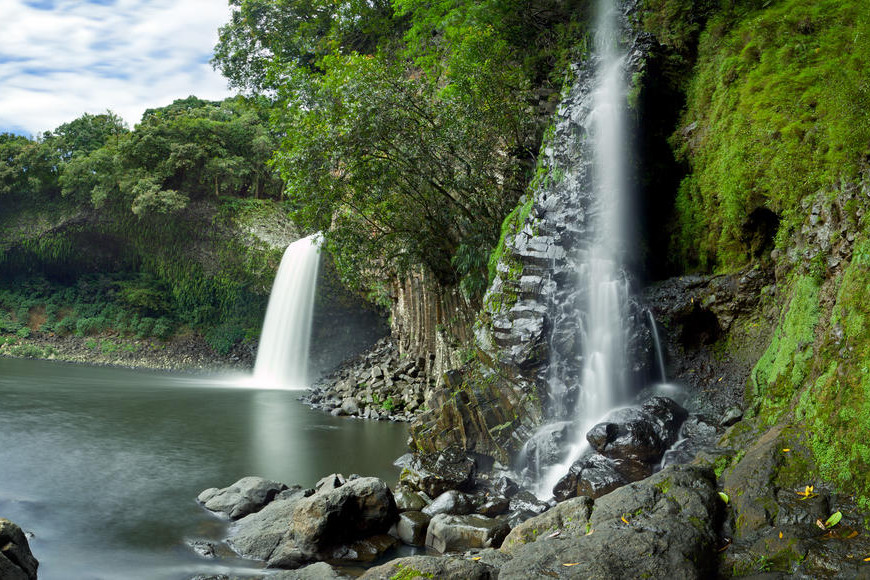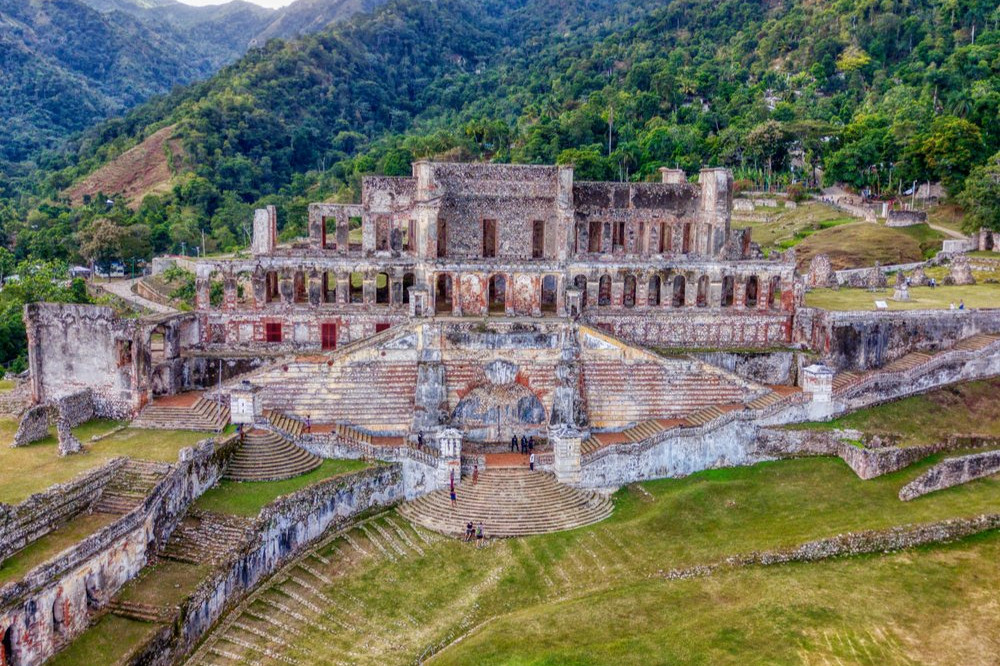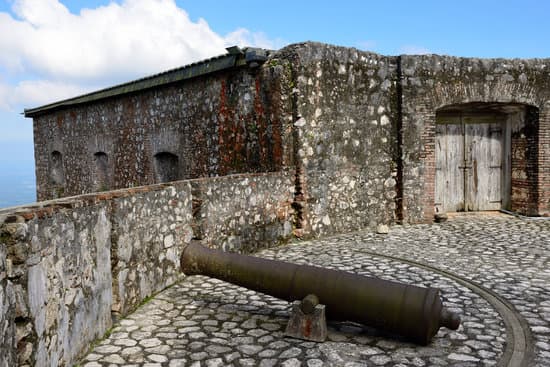Port-Au-Prince
Port-Au-Prince is the capital and most populous city in Haiti. Located on the magnificent bay of the Gulf of Ganave, the city has been a busy port since its beginnings.
The city was named Port-Au-Prince after a ship named “Le Prince” that sailed into the bay in 1706 to protect the area. The area has been inhabited since 2,600 BC by the Arawak indians.
Founded in 1749 and one of the oldest cities in America, Port-Au-Prince is home to museums, natural wonders, forts and parks. Upon Independence, it remained an important hub with incredible architecture. Most of its historical sites are located in the central district.
Although tourism has been affected due to Haiti’s political and economical problems in addition to the earthquake in 2010, the city still attracts thousands of visitors each year.
These are our favorite things to do in Port-Au-Prince:
Musée du Panthéon National Haïtien
Located in the middle of Downtown Port-Au-Prince, the Museum of the National Pantheon is a modern subterranean museum showcasing Haiti’s history, and hosting one of the largest collections of historic artifacts in the Caribbean, including an anchor from Columbus’ ship Santa Maria and the gun the first and only king of Haiti, Henri Christophe used to kill himself.
Palais National
The National Palace is one of the most iconic landmarks of Haiti. Once the residence of Haiti’s president, the ruins of the neoclassical palace is located in the middle of Champs de Mars. The structure was severely damaged in the earthquake in 2010.
Fort Jacques
Built in 1804 after Haiti’s independence by Alexandre Petion and named after Jean-Jacques Dessalines, Fort Jacques was built to protect the city if french decided to come back. The Fort is located in the mountain and surrounded by forest, offering incredible views of the city and overlooking the harbor.
It is one of the oldest and best preserved forts in the country. Although the fort is closed due to renovations, you can still walk outsides and appreciate the breathtaking views of Port-Au-Prince.
Champs de Mars
Champs de Mars is the biggest public park in Port-Au-Prince, located in the center of the city. It was used for military parades until 1912; a series of public squares where you can find the National Pantheon and a series of statues of Haiti’s founder fathers.
Grand Rue Artists
Atis Rezistans is a collective of Haitian artists, who decided to showcase their work on Grand Rue. These artist have been taking scrap out of the street and creating vodou sculptures, a unique gallery worth a visit.
Marche de Fer
Built in 1889, Marche de Fer is an iron market, a red-metal structure featuring a food market, a craft market and some voodoo paraphernalia. The most interesting fact is that the the structure was originally built for a railway station in Cairo, but the plan was canceled and the haitian president Florvil Hyppolite purchased it and brought it to Port-au-Prince.
Maison Dufort
Maison Dufort is one of the restored historic buildings of Port-au-Prince. It is a gingerbread-style house, an architectural style born in Haiti in the late 19th Century. The building is one of the first of its kind.
